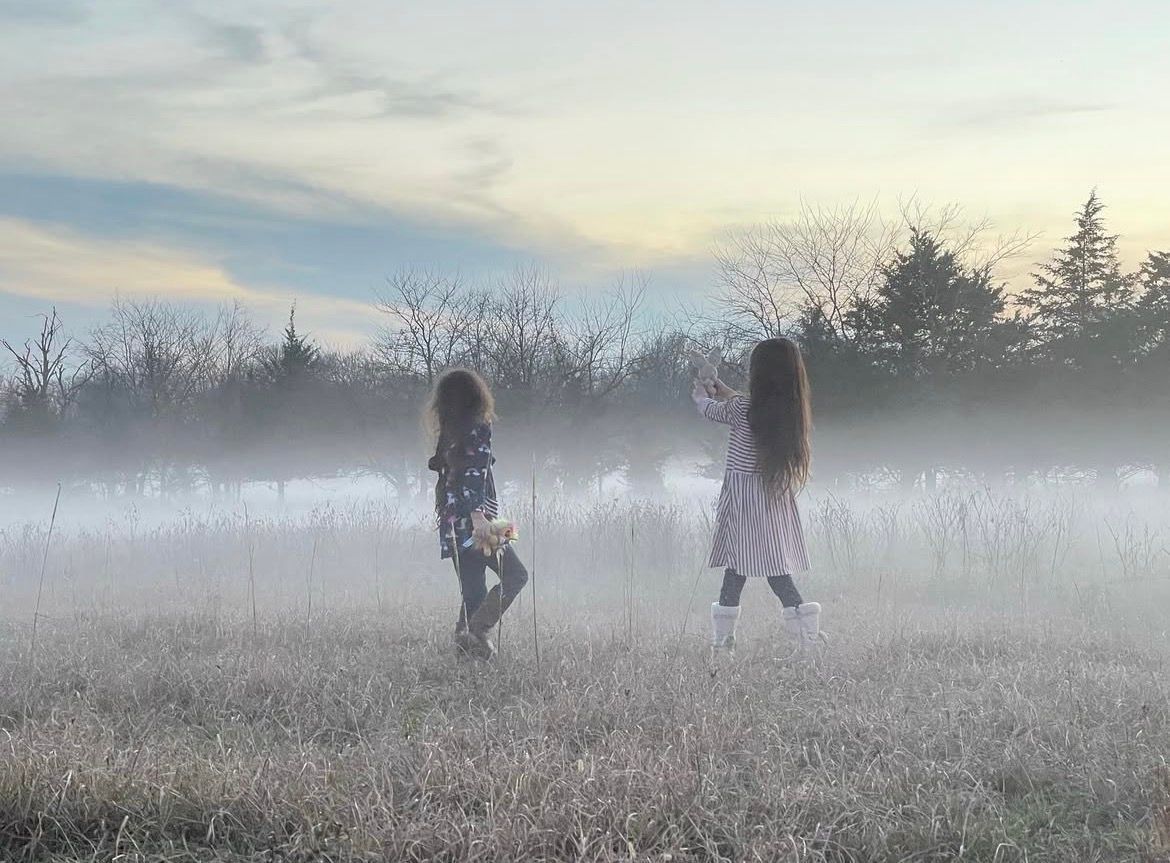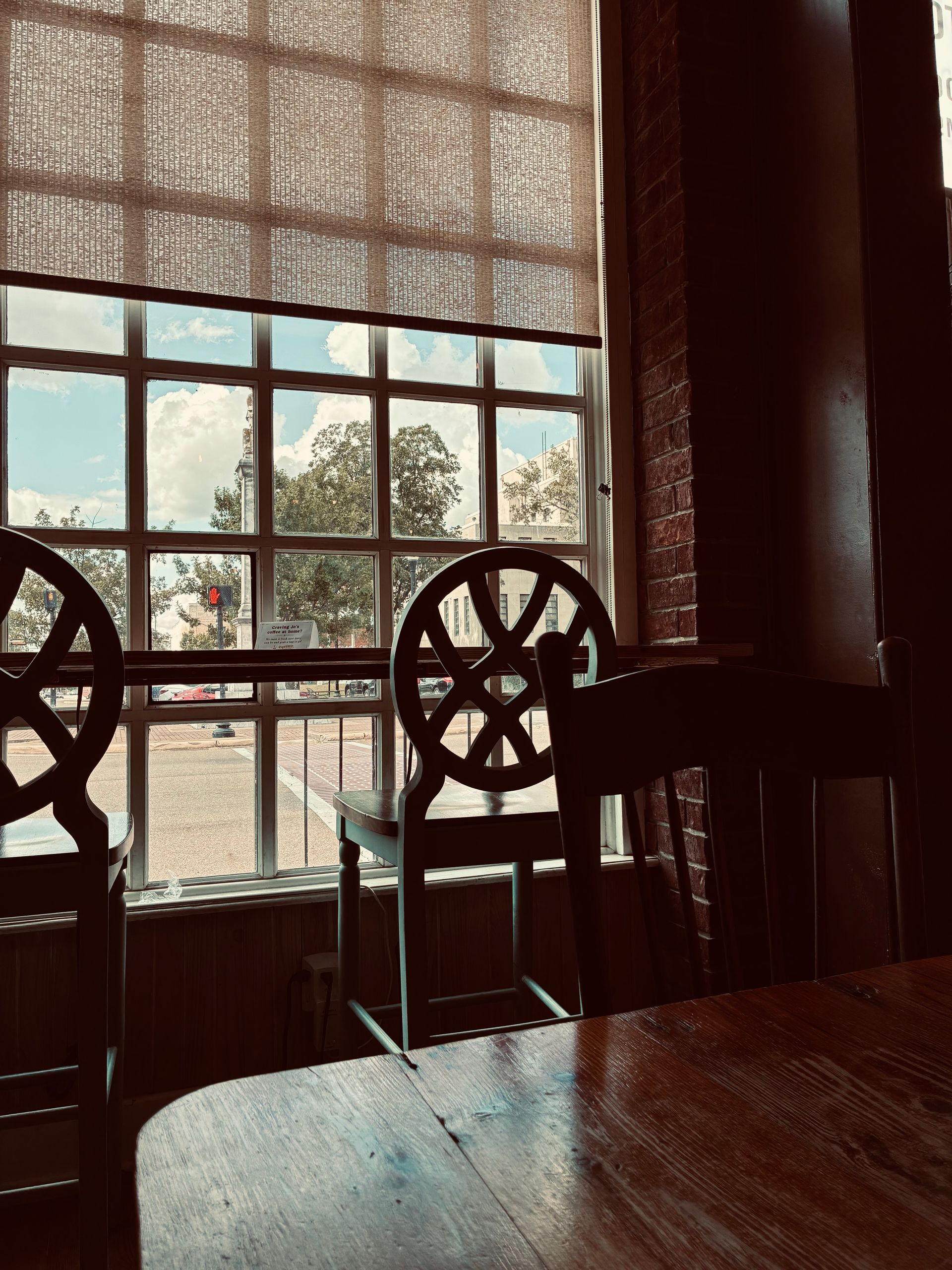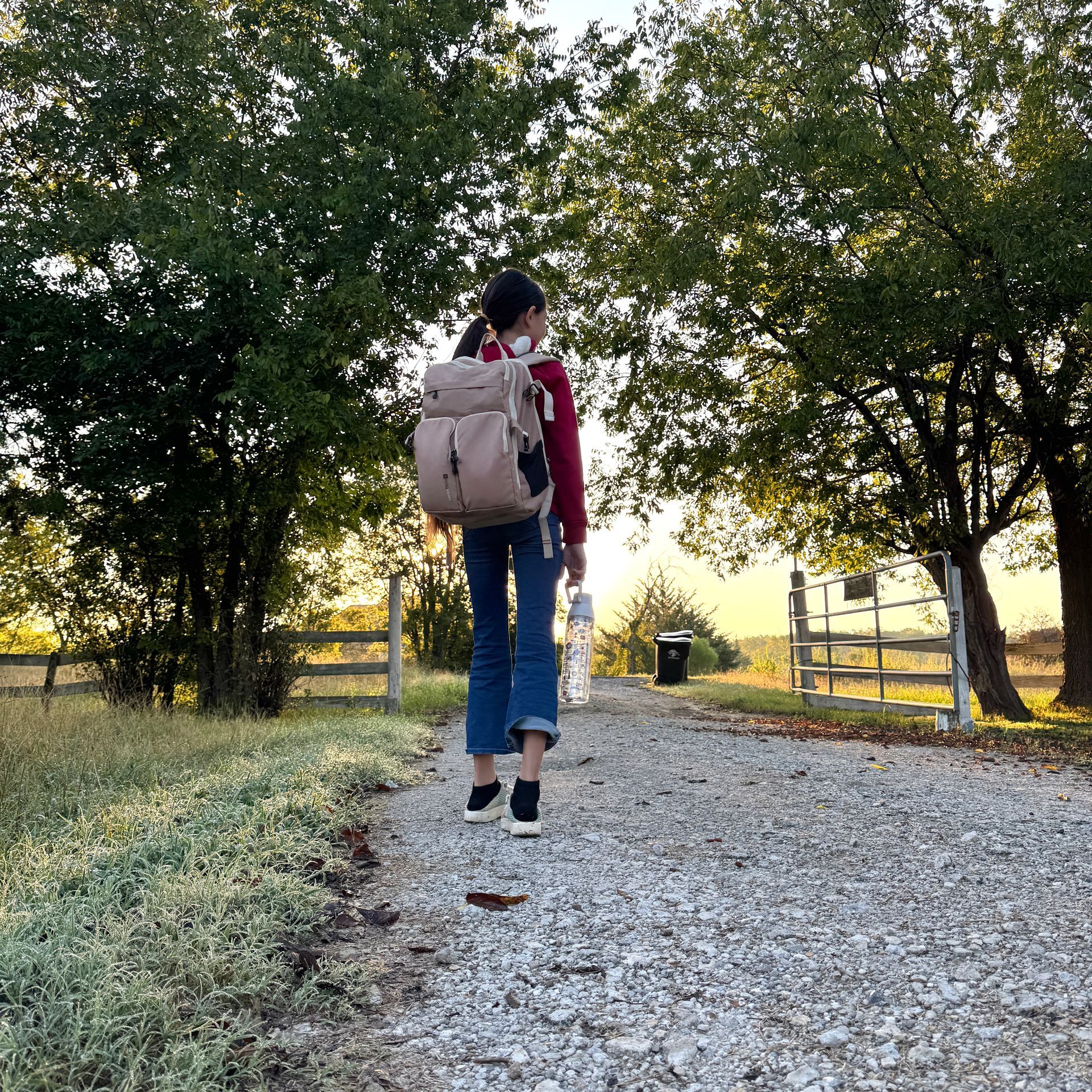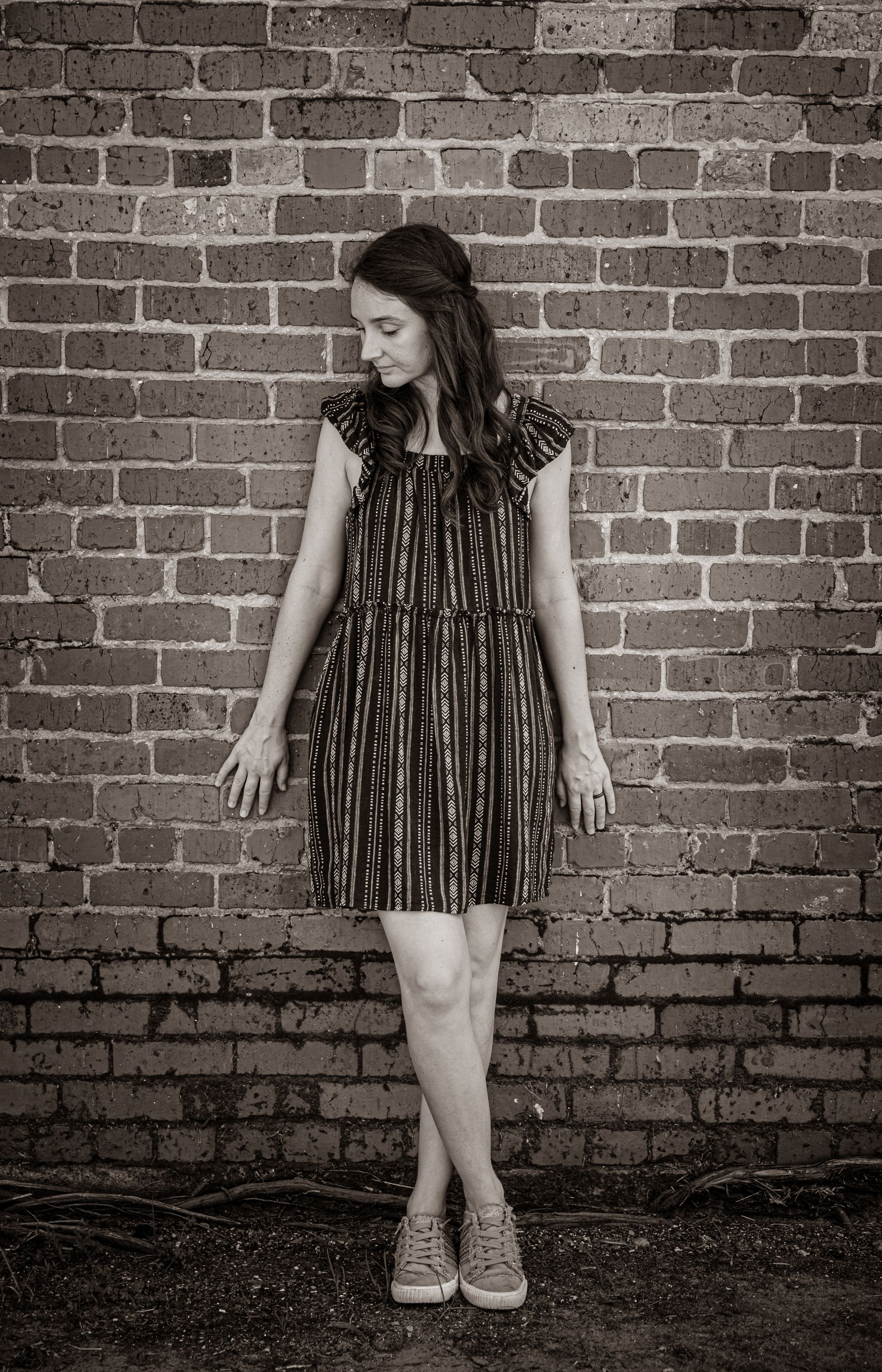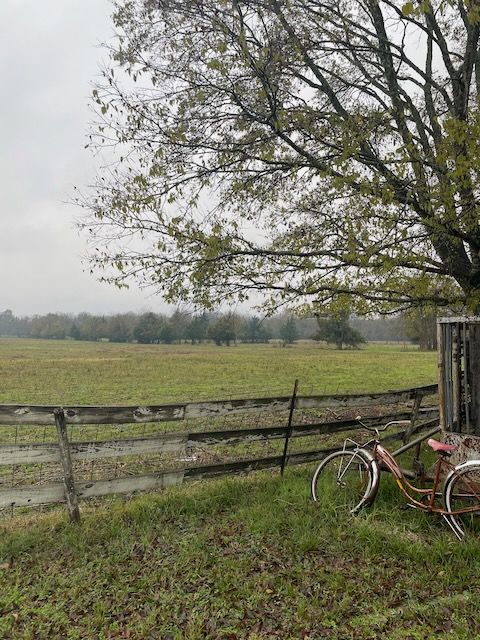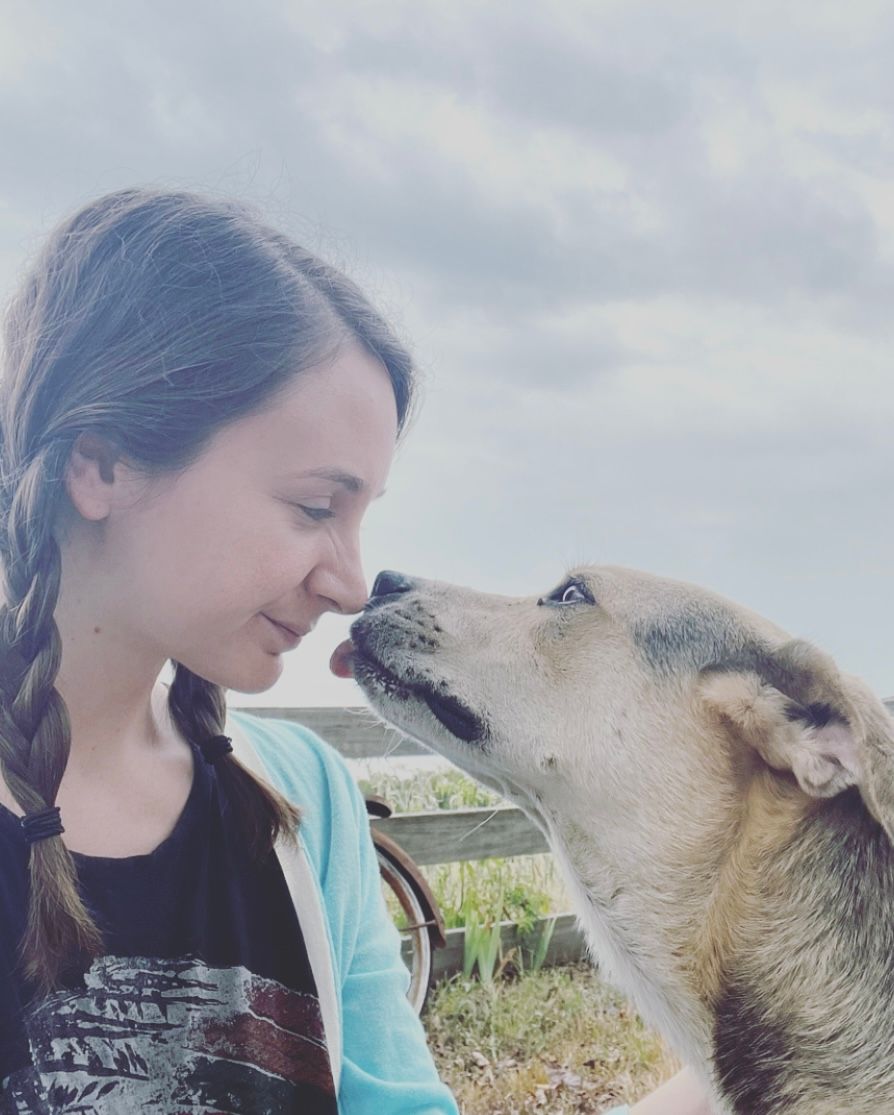When you wonder why you’re made that way
Sometimes my prayers look like questions. When I feel like I could be more useful as the girl who could connect with people deeply and quickly, but no matter how I try it doesn’t seem that is the person He made me. When I want genuine conversations to be a normal part of life but instead they come slowly and take much more time. Sometimes the prayer is why did you make me this way?
I’m glad to read about Moses who only stood before Pharoah with his brother to speak for him, and I’m thankful for Paul who wrote strongly in letters, but trembled to speak in person. It’s beautiful to have a Bible that shows me God using all kinds of people with all different personalities to carry out the story of His kingdom.
And this past weekend, the scene of the cross brought me here, where believers played purposeful roles in this story that took on all different forms.
Peter was passionate. He was rebuked for wounding a soldier. And after fighting for his Lord, he hid in the shadows and denied knowing him. We don’t know just where he is when his Lord is on the cross, only that he is remorseful of the person he’s been during these hours. And three days later, when told the tomb is empty, Peter is the slow runner who bounds straight into the empty tomb of Jesus. He is the one abandoning ship and diving into the water when he sees Jesus on the beach.
Mary Magdalene valued presence. She is one who stands there at his death. She valued presence in His last moments. She valued what she could offer his dead body. When she saw the empty tomb, she ran to the ones who would care, then she came back to the tomb. She was the first to see her Lord risen. Though by his direction, she had to go on without his embrace.
The thief was the one who stepped into heaven as the empty-handed criminal who had no good works to his name. He died next to Jesus on the cross and asked simply to be remembered. And for two thousand years, his simple story has been one that testifies to some of the sweetest mercies of Jesus and brought so many lost souls to the cross themselves.
Thomas was the doubter. Again we don’t know just where he was when Jesus was on the cross, though we know he was one of the twelve who were closest to Jesus. And after Jesus rose and witnesses testified, he said he would not believe unless he had the physical proof of Jesus standing before him and could touch the scars in his hands and side. Because of Thomas, we see the mercy and love Jesus showed to a doubter.
Nicodemus had been a Pharisee who had visited with Jesus in the dark of the night. And though he had been one in the group that had it all wrong with their rules and religion, he loved the Lord and he was there to tend to his body after he died. The man who had first given his life to rules denying grace, now came to the body of the one who gave his life so even he could know that grace.
Joseph of Arimathea had been a believer in secret. His love of Jesus was not something many knew about, but at the death of Jesus he came forward and asked for the body. And he provided his own tomb as a resting place for the body of his Lord. Though he had been so private about his faith, he played a major role in this story. His own tomb was where the resurrection happened.
John, the disciple that Jesus loved, was the only apostle we see in the Bible being there at the feet of Jesus at his death. He was by his side at his last supper, one of the ones closest to him during Jesus’ prayer in the garden. With the rest, John had fallen asleep when Jesus told him to watch. With the rest, John fled when Jesus was arrested, but at the cross he was there. He was addressed by Jesus from the tree, entrusted with the care of Jesus’ mother. At the scene of the tomb, John was the fast runner who arrived at the tomb before Peter and stopped in his tracks at the site of the empty tomb.
Mary was the mother watching the torturous death of her own son, watching the very body that was formed and nourished from her own be destroyed. The heart of her own heart beat it’s last before her very own eyes and she lost the son that was promised her as a young girl. She was the confused mother, who didn’t know how to understand the promises of God right now when her son was supposed to be the Savior. In Jesus’ dying moments, some of His last words, he reached out to make sure she was cared for.
The death and resurrection shows us Jesus loving people from all walks of life. Both the lowest of the low, and the one who had been highly esteemed for all the wrong reasons. Both the ones who failed Jesus again and again, and the ones who were there by him the most. The one who doubted, the one who denied him, and the one who had followed him in secret, they all played a role in making the story what it is.
And no matter who we are, what kind of role we play in this life today, He gives every child the joy of being a part of His kingdom in their own special way. He uses the failures, the insecurities, the personalities, the love of each and every one of His children and He treasures them as they are. He receives love from each of us given in the way we know how to give it and He values and redeems each and every part.

